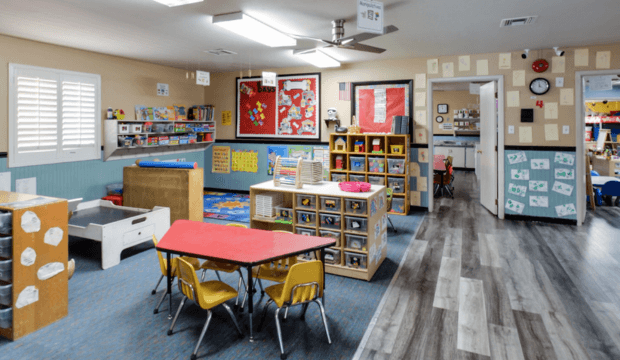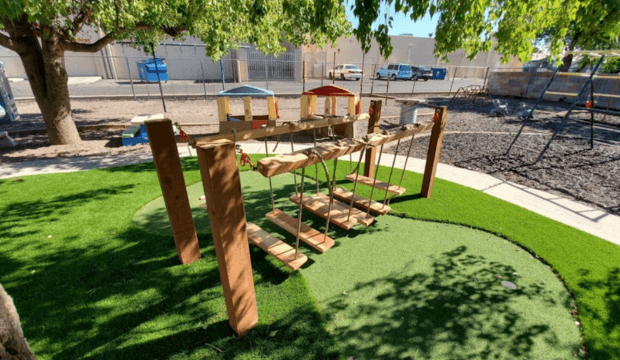Stay Updated: Why I Love Taguig News Updates Today and How You Can Too
I still remember the first time I properly engaged with Taguig news updates—it was during that massive infrastructure project along C5 Road last year. I'd been stuck in traffic for what felt like an eternity, scrolling through my phone when I stumbled upon a detailed update about the construction timeline from a local news portal. That single article transformed my entire perspective from frustration to understanding. This experience mirrors exactly what the reference material describes about engaging content—how the initial setup creates intrigue, but it's the execution that truly matters. Just like how I found myself reading every document in that game world, down to the small signs taped to a refrigerator, I now find myself refreshing Taguig news portals multiple times daily, hungry for those small but significant updates that reveal the bigger picture of our city's development.
What makes Taguig news updates particularly compelling is their ability to bridge that chasm between expectation and reality that the reference material mentions. When the city announced its smart city initiative back in 2022, the initial concept sounded ambitious—almost too good to be true. But through consistent, detailed reporting, I've watched this vision gradually materialize. I remember reading about the first 15 smart trash bins installed in Bonifacio Global City, then following updates as the network expanded to 247 bins across key districts. These weren't just dry statistical reports—they were stories about how technology was transforming urban living, complete with interviews with sanitation workers who described how their jobs had changed. The narrative unfolded much like that alternate history in the reference material, where every poster and book revealed another layer of the world-building.
The comic-book art style mentioned in the reference material finds its parallel in how Taguig news presents information—vibrant, accessible, yet substantial. I've noticed that the most effective local news platforms use visual storytelling alongside traditional reporting. When the city's new bike lane network was launched, I didn't just read about it—I saw interactive maps showing the 42 kilometers of protected lanes, time-lapse videos of the installation process, and interviews with cyclists who'd already started using the routes. This multi-sensory approach reminds me of how the game's art style made its setting visually compelling while delivering substantive content. It's this combination that keeps me coming back—the knowledge that I'm not just getting information, but experiencing the evolution of my city through multiple dimensions.
There's a personal dimension to this engagement that goes beyond mere information consumption. About eight months ago, I started noticing regular updates about food park regulations in Taguig. At first, I skimmed through them casually, but then a particular piece about health inspection protocols caught my eye. The article detailed how 34 food establishments had implemented new safety measures following updated city guidelines. This wasn't just news—it became practical knowledge I used when choosing where to eat. I found myself discussing these updates with friends, even planning our gatherings around which food parks had the latest positive inspections. This transformation from passive reader to active participant echoes my experience with the reference material's description of interacting with every poster or book to discover deeper layers of meaning.
The rhythm of Taguig news updates creates a unique temporal experience that's both immediate and cumulative. Breaking news about traffic adjustments or weather advisories provides instant utility—I've avoided countless delays by acting on real-time updates about flooded areas or road closures. But it's the slower, more detailed investigative pieces that build the rich tapestry understanding of our city's development. I particularly remember a series about the evolution of Taguig's public spaces that ran over three months, documenting how 17 parks had been upgraded with better facilities. Reading each installment felt like uncovering another piece of that alternate history described in the reference material—each article added depth and context to what came before, creating a narrative that was greater than the sum of its parts.
What truly sets apart the best Taguig news sources is their understanding of scale—they recognize that major developments and minor updates are equally important to different audiences. The reference material's mention of reading everything "down to the small signs taped to a fridge" resonates deeply with my news consumption habits. While I appreciate the big stories about multi-billion peso developments, I'm equally fascinated by smaller updates—the relocation of a particular jeepney route, the extended hours at a local health center, or even changes in garbage collection schedules affecting specific barangays. These granular details create a comprehensive picture that helps me navigate daily life in Taguig with remarkable precision.
The emotional connection I've developed with Taguig news updates surprised me initially. It's not just about staying informed—it's about feeling connected to the pulse of the city. When I read about local businesses adapting to new regulations or community initiatives taking shape, I'm reminded of the reference material's description of being engrossed in a world's history. There's a similar sense of immersion when following the ongoing story of Taguig's transformation from what was once primarily a business district to a fully-formed city with its own distinct character and communities. This narrative unfolds through hundreds of small updates that collectively tell the larger story of urban evolution.
I've come to view my daily engagement with Taguig news as both a practical necessity and a form of civic participation. The knowledge gained from these updates has enabled me to contribute more meaningfully to community discussions, whether it's about proposed infrastructure projects or local policy changes. I've found that being well-informed transforms how I interact with my neighborhood—I notice details I would have previously overlooked, understand the context behind changes in my environment, and can anticipate developments before they're widely apparent. This heightened awareness creates a feedback loop where each piece of information makes subsequent updates more meaningful, much like how understanding the deeper history in a narrative enhances appreciation of its smaller elements.
The reference material's observation about the gap between setup and execution finds perfect resonance in how Taguig news covers promised initiatives versus their actual implementation. I've learned to appreciate not just the announcement stories but the follow-up pieces that track progress, challenges, and adaptations. When the city launched its digital governance platform, the initial coverage focused on features and promises. But it was the subsequent stories about user experiences, technical glitches, and iterative improvements that provided the real value. This comprehensive coverage style ensures that readers don't just get the headline version of developments but understand their actual impact on daily life.
My relationship with Taguig news has evolved into something resembling a conversation rather than mere consumption. I've developed preferences for certain reporters whose perspectives align with mine, learned to interpret the subtext in official announcements, and can now anticipate which types of stories will have the most significant impact on my daily routine. This nuanced understanding didn't develop overnight—it emerged through consistent engagement with diverse news sources, cross-referencing information, and observing patterns over time. The process mirrors how one might gradually uncover the intricacies of a well-developed fictional world, where initial curiosity evolves into deep familiarity.
What began as practical information gathering has become an integral part of how I experience and understand urban life. The daily ritual of checking Taguig news updates provides both immediate utility and long-term perspective. I can trace how minor policy adjustments accumulate into significant urban transformations, how community feedback shapes development projects, and how the city's character evolves through countless small decisions and events. This comprehensive view enables me to navigate Taguig not just as a resident but as an informed participant in its ongoing story. The reference material's description of being drawn into a world through its details perfectly captures this experience—the way small, regular updates can build into a rich, engaging narrative that transforms how we perceive our environment.



